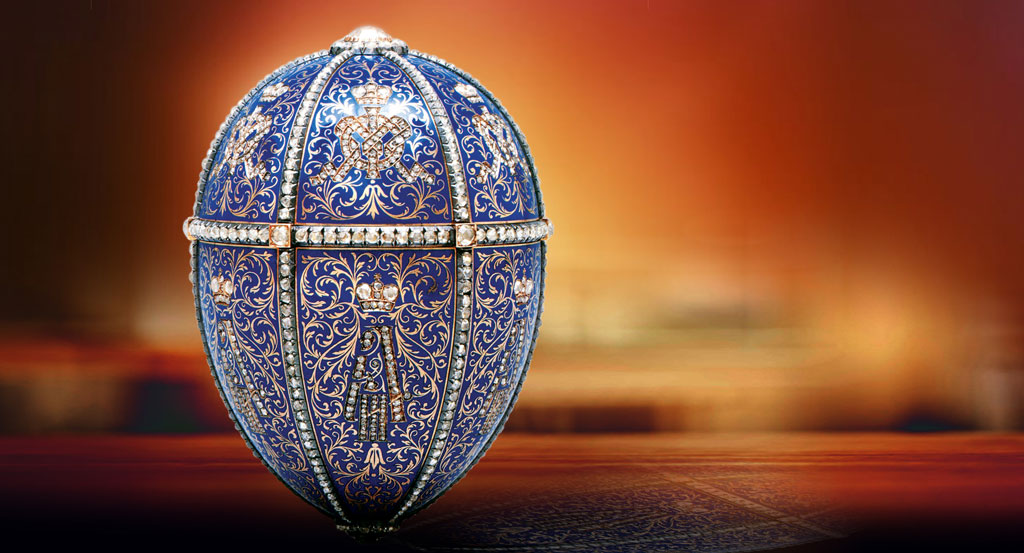 Dave Tallon argues that companies should look at their brands through the lens of status to see what insights they can unlock and what opportunities they can tap into.
Dave Tallon argues that companies should look at their brands through the lens of status to see what insights they can unlock and what opportunities they can tap into.
We’re all a bit weird aren’t we? I mean we barely understand why we do the things we do, behave the way we do, and buy the things we buy.
When asked we happily volunteer some post rationalized truth (confabulation), a sort of alibi really. But the reality is quite different. What really drives our choices and our lives, are unspoken forces. Silent. Secret. Bubbling beneath. One of those, arguably the biggest, is Status. It’s an ugly truth we’re not that keen to discuss. But, it’s important for brands so screw it, let’s dig in.
Let’s start with some obvious basics.
Firstly, all social groups have a hierarchy, and our position in them is important. Are we respected? Are we important? Do we have high status? High status brings good stuff like increased attention, greater rewards for the same work, deference, greater access to scarce resources and even dominance.
So, at a primal level, we want it. And we spend much of our lives trying to get and maintain it. We’re more attracted to relationships, groups, people and communities where our status is reasonably high. And we happily conform to rules, conventions, customs, beliefs and fashions to get in to, and stay in those groups (people like us, do this and buy these).
Secondly, achieving high status is costly, and our lives are spent acquiring the capital to pay for it. Political capital, educational capital, occupational capital, economic capital, social capital, cultural capital, even bodily capital (you good looking bastards). Capital is costly (time, money, body shape etc). So, status is earned (no cost, no status). The things we choose to do, and buy, are often about building or signalling capital, to earn status.

Thirdly, brands have played a big part in building status. In his book Status and Culture, David Marx writes how culture is “a fundamentally communicative activity and everything we do becomes a symbol of our social position”. We wear our status, and our beliefs. We signal the lifestyle conventions of the groups we’re in, and the status we believe we’ve earned. As Marx says “lifestyle, in other words, is both a requirement of social rank and an expression of it”. Conspicuous consumption and status signalling has been a huge part of luxury. Think of pineapples, Fabergé eggs, or more recently Hermes Bags or Stanley Cups.
Finally, the word status is from the Latin stare to stand, which evolved to mean standing or height. High status is about height or distance from the mainstream (or from lower status). Money or economic capital has been the dominant way to do that. But in the past few decades, as traditional luxury goods and conspicuous consumption have become more mainstream and lost signalling value (see quiet luxury and stealth wealth), new alternative status signals are emerging.
Psychologist and author Rob Henderson coined the term “Luxury beliefs, for ideas and opinions” (often complex, requiring time and education to understand) that confer status. And more recently a fascinating paper by Professor Silvia Bellezza, of Columbia Business School, outlined a new ‘Distance Model of Luxury’, with 6 dimensions of distance luxury brands and consumers use to signal status now, including; time, pace of life, culture, aesthetics, conspicuousness and quantity. These focus less on economic capital.
Ok. Status is important (for people and brands). Status is distance. And status is evolving. Get it?
So what, you say?
Well, we buy things to do a job, with goals in mind. Explicit goals, like water to quench my thirst and implicit goals like Perrier makes me look posh. We choose based on functional value (what a thing does), and emotional value (how a thing makes me look and feel and what it says about me). Brands deliver on the latter but we tend to avoid addressing status (maybe it gives people the ick).
Looking at your brand through the lens of status can reveal fresh insight and opportunities. And raise new questions. In what way does your brand conform (or not) to traditional modes of status? Is your brand addressing the evolving nature of status? In what social groups does your brand exist? Do they have their own hierarchy? And how can your brand help convey status within them?

Pineapples once cost thousands. They sat proudly on the tables of the wealthy. The ultimate status symbol. Now, they compete with potatoes. Some things change, some don’t. Our need for status hasn’t, but how we achieve it is. Understanding the importance of status and keeping pace with how it’s evolving is important for healthy, relevant brands. Otherwise, you might end up as a pineapple. Tasty, but cheap, everywhere and meaningless.




















